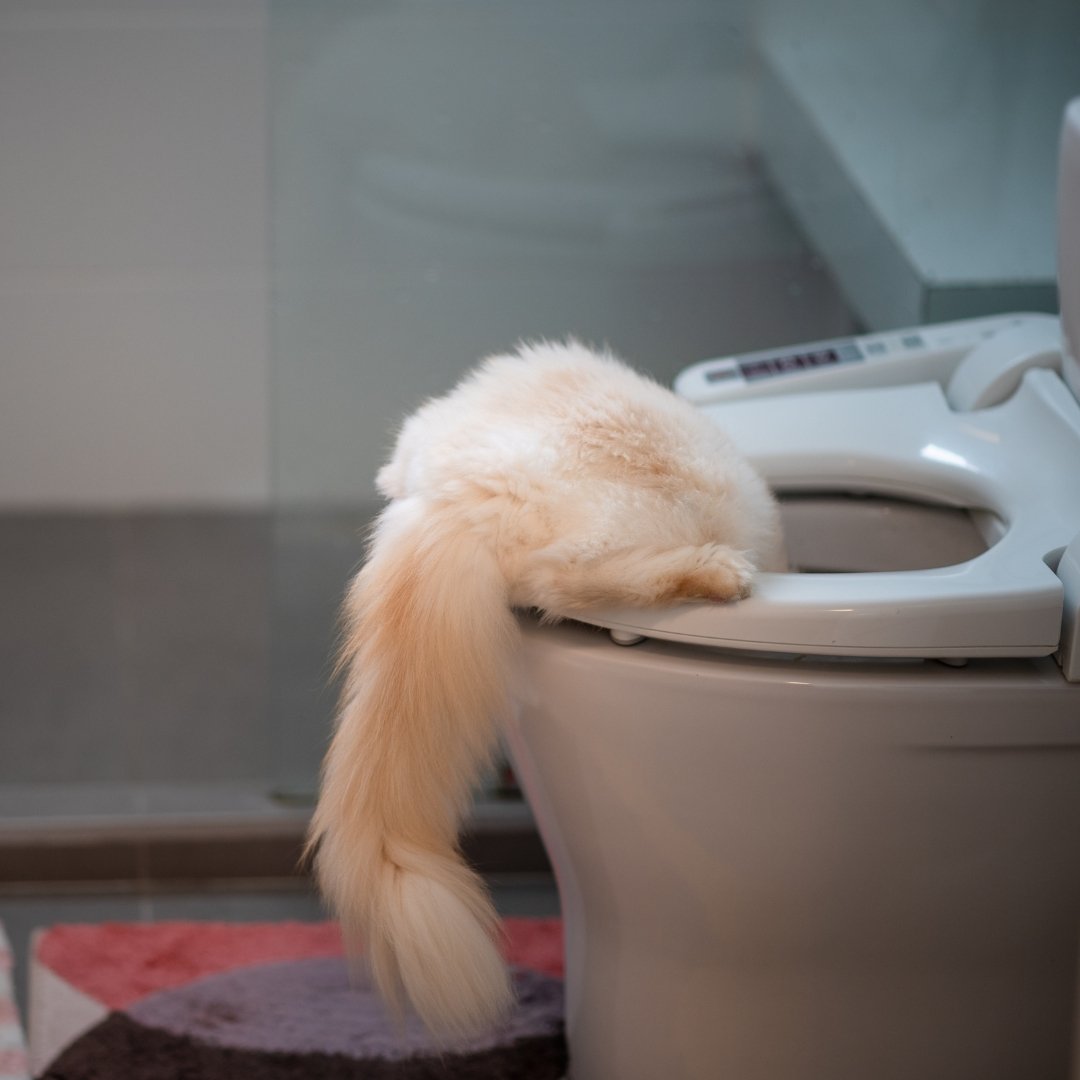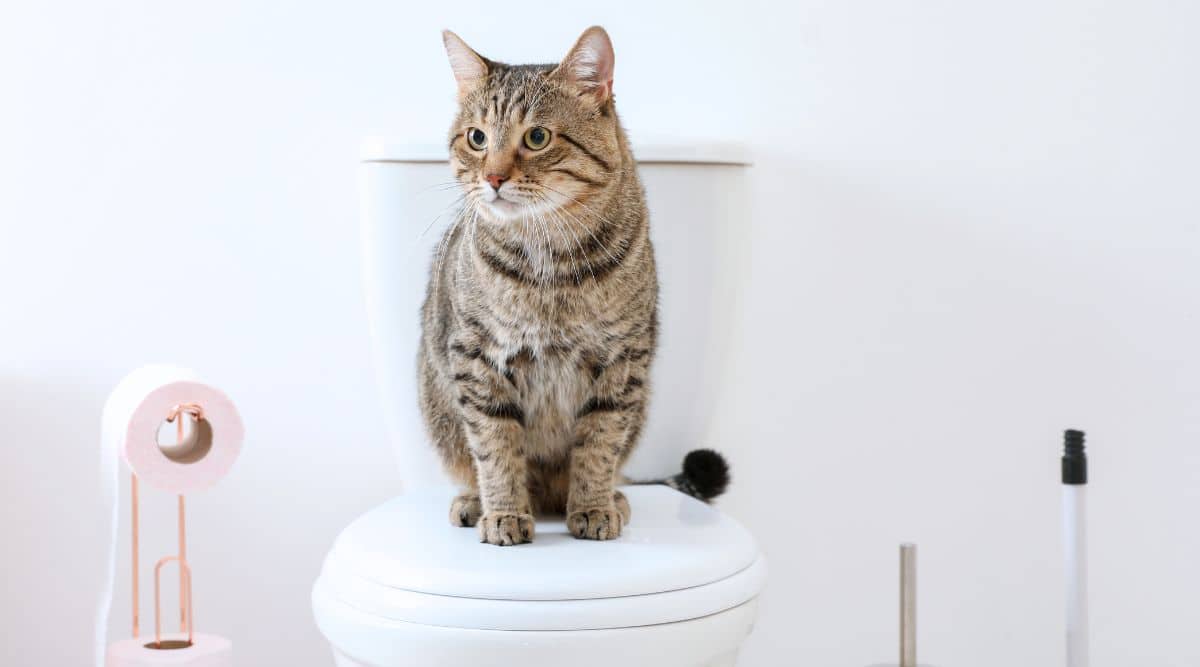Avoid Clogs and Damage: Never Flush Cat Poop Down Your Toilet - Expert Recommendations
Avoid Clogs and Damage: Never Flush Cat Poop Down Your Toilet - Expert Recommendations
Blog Article
They are making a few great points related to Can You Flush Cat Poo or Litter Down the Toilet? in general in the article following next.

Introduction
As pet cat proprietors, it's essential to bear in mind exactly how we deal with our feline close friends' waste. While it might seem convenient to purge cat poop down the bathroom, this practice can have damaging repercussions for both the setting and human health and wellness.
Ecological Impact
Flushing feline poop presents damaging microorganisms and parasites into the supply of water, presenting a significant danger to marine environments. These pollutants can negatively impact marine life and compromise water top quality.
Health Risks
Along with environmental issues, purging pet cat waste can additionally pose wellness threats to people. Cat feces might contain Toxoplasma gondii, a bloodsucker that can create toxoplasmosis-- a potentially serious health problem, specifically for expectant females and people with weakened immune systems.
Alternatives to Flushing
Luckily, there are safer and more responsible means to take care of feline poop. Take into consideration the following choices:
1. Scoop and Dispose in Trash
The most typical technique of getting rid of pet cat poop is to scoop it into a naturally degradable bag and toss it in the garbage. Make certain to use a devoted litter scoop and get rid of the waste promptly.
2. Usage Biodegradable Litter
Select naturally degradable cat clutter made from products such as corn or wheat. These trashes are eco-friendly and can be securely taken care of in the trash.
3. Bury in the Yard
If you have a yard, take into consideration hiding feline waste in a marked area far from veggie gardens and water sources. Be sure to dig deep enough to prevent contamination of groundwater.
4. Mount a Pet Waste Disposal System
Purchase a pet dog garbage disposal system particularly created for pet cat waste. These systems use enzymes to break down the waste, decreasing smell and environmental influence.
Final thought
Liable pet dog ownership extends beyond supplying food and sanctuary-- it additionally entails appropriate waste management. By avoiding flushing cat poop down the toilet and choosing different disposal methods, we can lessen our ecological impact and secure human health.
Why Can’t I Flush Cat Poop?
It Spreads a Parasite
Cats are frequently infected with a parasite called toxoplasma gondii. The parasite causes an infection called toxoplasmosis. It is usually harmless to cats. The parasite only uses cat poop as a host for its eggs. Otherwise, the cat’s immune system usually keeps the infection at low enough levels to maintain its own health. But it does not stop the develop of eggs. These eggs are tiny and surprisingly tough. They may survive for a year before they begin to grow. But that’s the problem.
Our wastewater system is not designed to deal with toxoplasmosis eggs. Instead, most eggs will flush from your toilet into sewers and wastewater management plants. After the sewage is treated for many other harmful things in it, it is typically released into local rivers, lakes, or oceans. Here, the toxoplasmosis eggs can find new hosts, including starfish, crabs, otters, and many other wildlife. For many, this is a significant risk to their health. Toxoplasmosis can also end up infecting water sources that are important for agriculture, which means our deer, pigs, and sheep can get infected too.
Is There Risk to Humans?
There can be a risk to human life from flushing cat poop down the toilet. If you do so, the parasites from your cat’s poop can end up in shellfish, game animals, or livestock. If this meat is then served raw or undercooked, the people who eat it can get sick.
In fact, according to the CDC, 40 million people in the United States are infected with toxoplasma gondii. They get it from exposure to infected seafood, or from some kind of cat poop contamination, like drinking from a stream that is contaminated or touching anything that has come into contact with cat poop. That includes just cleaning a cat litter box.
Most people who get infected with these parasites will not develop any symptoms. However, for pregnant women or for those with compromised immune systems, the parasite can cause severe health problems.
How to Handle Cat Poop
The best way to handle cat poop is actually to clean the box more often. The eggs that the parasite sheds will not become active until one to five days after the cat poops. That means that if you clean daily, you’re much less likely to come into direct contact with infectious eggs.
That said, always dispose of cat poop in the garbage and not down the toilet. Wash your hands before and after you clean the litter box, and bring the bag of poop right outside to your garbage bins.
https://trenchlesssolutionsusa.com/why-cant-i-flush-cat-poop/

As a passionate reader on Don’t flush cat feces down the toilet, I figured sharing that excerpt was really useful. Loved our post? Please share it. Help others discover it. Kudos for your time. Come back soon.
Find Out More Report this page